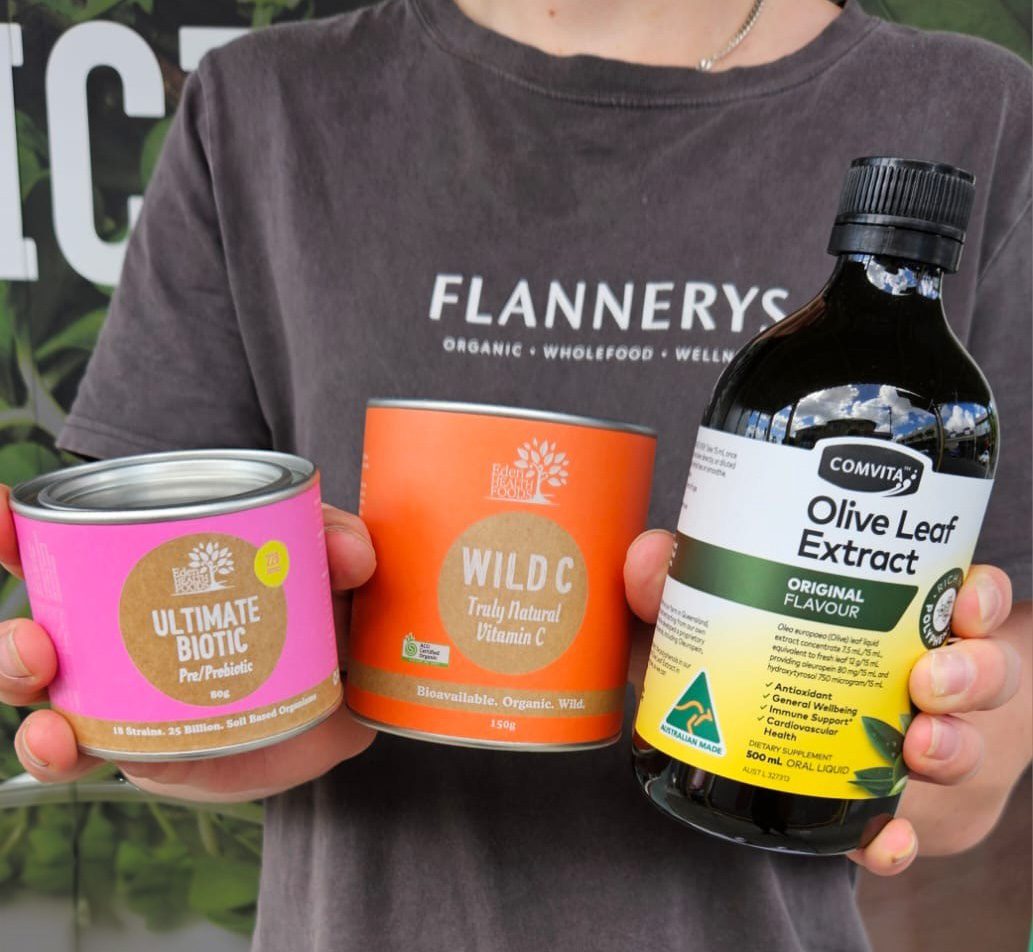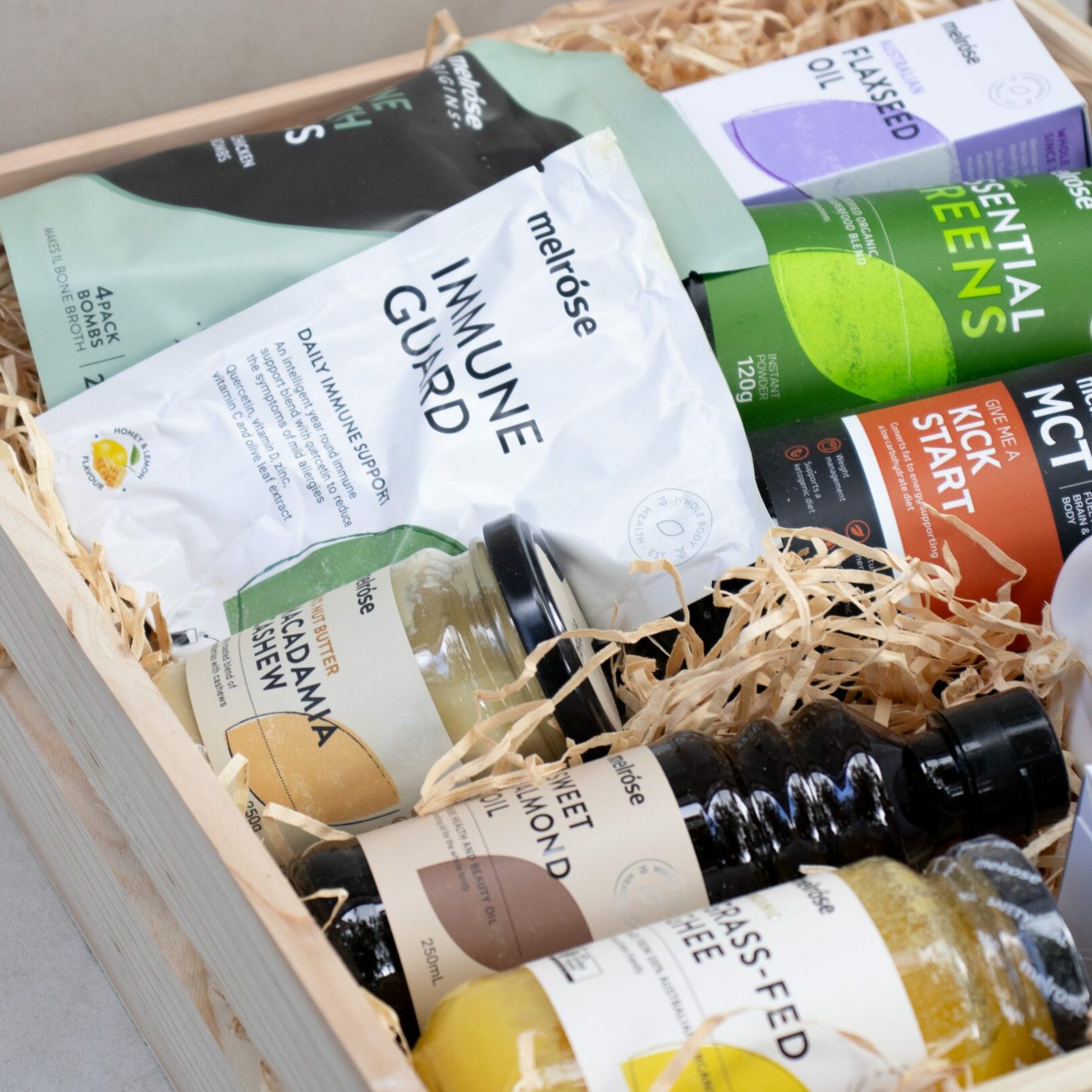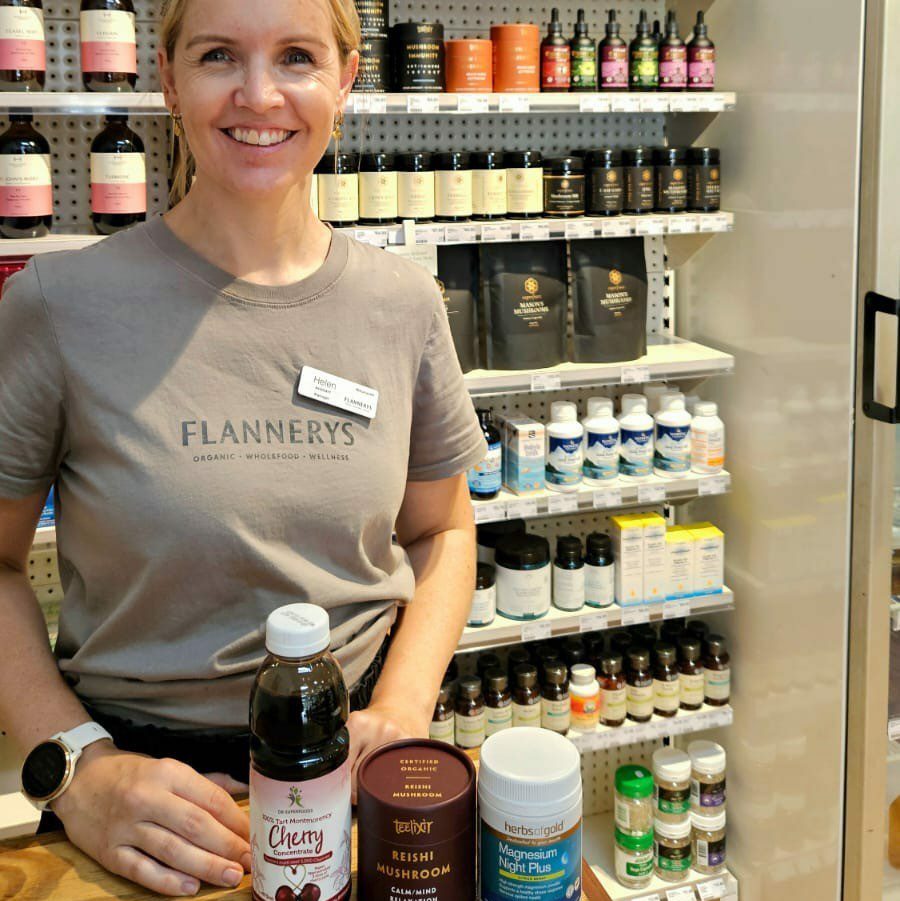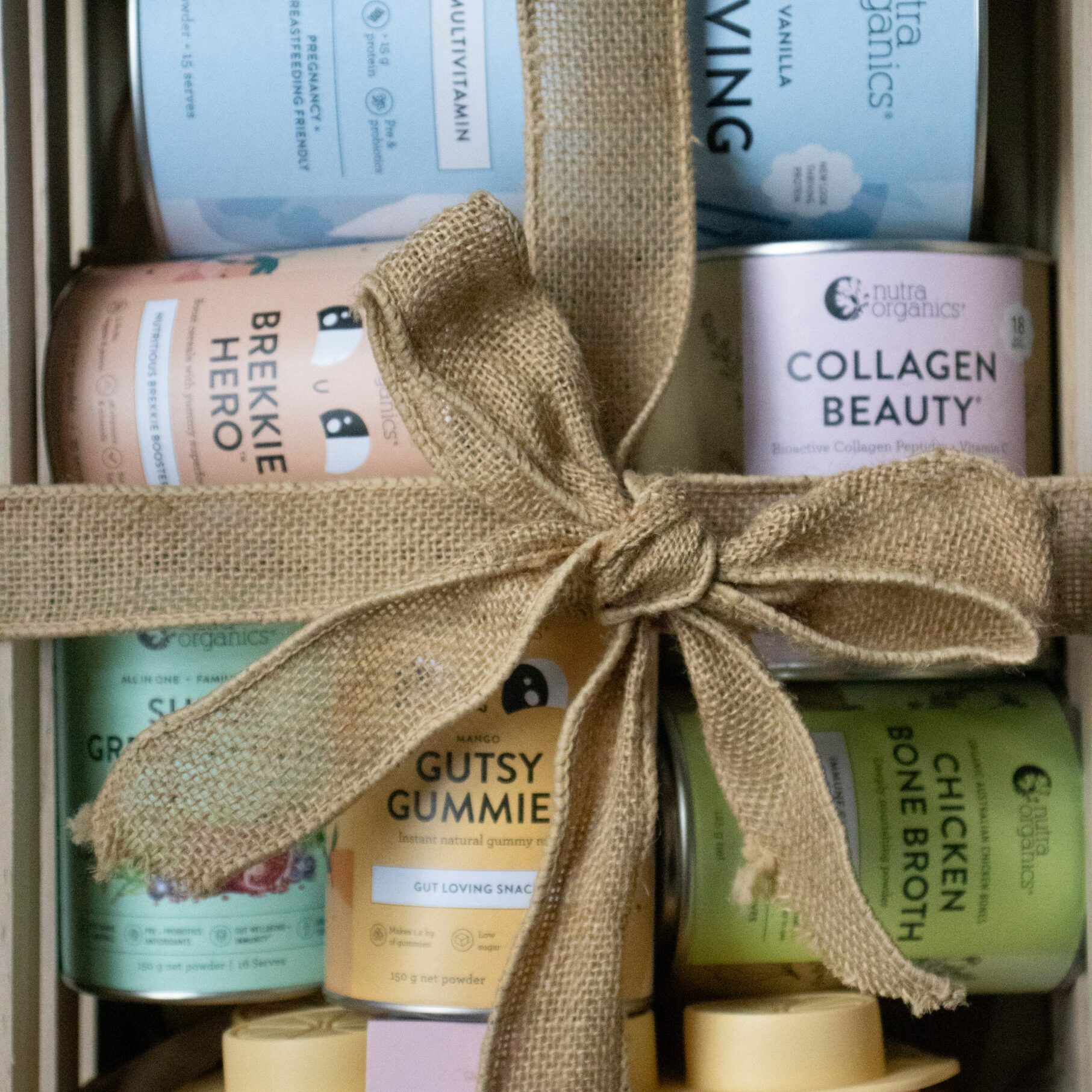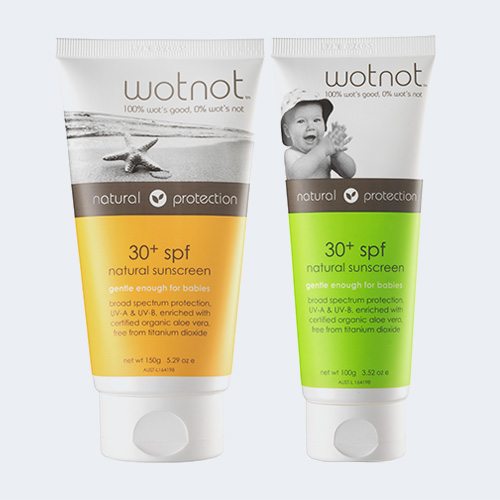
30.10.2017
Avoiding UV skin damage as the days heat up!
Wotnot Organic Skincare & Natural Beauty Products make natural sunscreen using the finest and most gentle natural extracts. Here, they’ve shed the light on how to best avoid UV skin damage as we enter the hottest months…
How does sunscreen work?
Sunscreens protect the skin from burning in one of two ways, by either absorbing the harmful rays using chemicals UV actives like oxybenzone, and 4-methylbenzylidene camphor or reflecting harmful rays from the skin using physical barriers like zinc oxide and titanium oxide. As these are the ingredients that make the sunscreen work they are called ‘active ingredients’ and there are some concerns around chemical UV actives and their effect on hormones*
Australian standard
The Australian Standard for sunscreen allows a maximum sun protection factor (SPF) rating of 50. While this sounds like a significantly higher level of protection than an SPF30 the difference is not really what you might think. An SPF 50 sunscreen will filter 98% of UV radiation while an SPF30 product filters 96.7% so the difference is not large.**
What does SPF mean?
SPF stands for Sun Protection Factor. SPF numbers are an approximate indication of how much protection from the sun a product will provide for your skin. Everyone’s skin is different and each person’s skin can be exposed to the sun for different lengths of time before burning. Sunscreen extends the time before burning by a multiple of the SPF. Eg if you have fair skin and would normally burn in 5 minutes without any sun protection then an SPF 30 will give you 30 x 5 minutes protection. The issue is that all sunscreens will rub off over time with normal activity and perspiration and so in some cases the higher SPF can give a false sense of security. The most important thing to remember is that no sunscreen provides total protection and that is why it is always important to reapply regularly and cover up using appropriate clothing and eye wear especially during the hottest part of the day.
What else is in my sunscreen?
Sunscreen sold in Australia with an spf greater than 15 must be listed with the Therapeutic Goods Administration (TGA) who are responsible for regulating therapeutic goods including prescription medicines, vaccines, sunscreens, vitamins and minerals.
Under TGA legislation products are only required to list the active ingredient used eg oxybenzone or zinc and the preservative system. Consumers generally will not know what else is in the sunscreen they buy. This is in contrast to requirement for body lotions that are not listed with the TGA eg aftersun lotion which is classified as a cosmetic and legally must disclose all ingredients. Natural sunscreen brands have led the way in choosing to disclose all ingredients. This ensures that consumers know exactly what they are putting on their bodies, which is particularly important for people who have allergies or are sensitive to specific ingredients.
Infants and people with sensitive skin
It’s important to note that an infant’s skin is different from an adult’s. Our bodies produce a pigment called melanin that protects our skin from ultraviolet damage but an infant produces less melanin than an adult which means that their skin will burn more quickly.
An infant’s skin is thinner and contains more water than an adult. Also the top layer of an infant’s skin called the epidermis doesn’t bond as tightly to the layer below called the dermis. So unlike adult skin that has a tight seal between these layers, an infant’s skin is easier to pass. This is significant when also coupled with the fact that infants lack fully developed detoxification systems.
Babies and infants should be kept out of direct sun exposure but if you need to use a sunscreen chose a sunscreen with a physical active like zinc that is dispersed in a natural lotion. The best way to do this is to choose a brand that you trust, that discloses all ingredients either on the packaging or on the brand website, and that has the highest natural standards.
People with sensitive skin often find that they react to the chemicals in conventional sunscreens so a natural alternative with gentle ingredients and an SPF of 30 will be their best option too.
Remember sunscreen is just one component to avoiding UV skin damage, always wear appropriate clothing, hats and eyewear, stay out of midday sun and reapply sunscreen regularly.
* http://www.ewg.org/skindeep/ingredient/700047/4-METHYLBENZYLIDENE_CAMPHOR/#
* http://www.ewg.org/skindeep/ingredient/704372/OXYBENZONE/#.WdL3otH-uUk
Share this post with your friends

